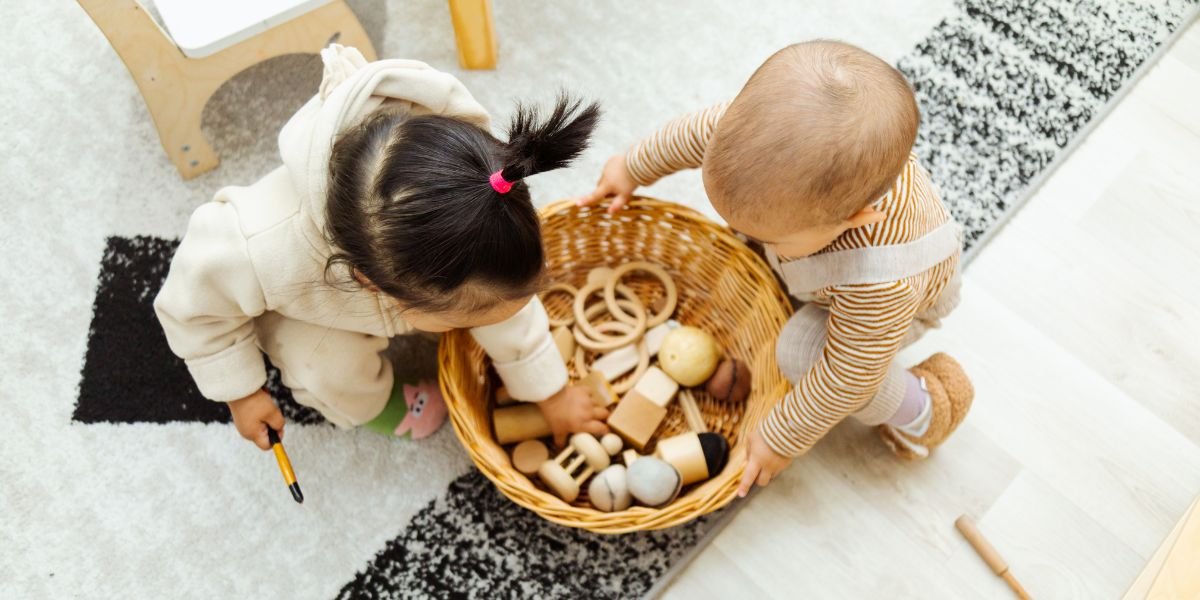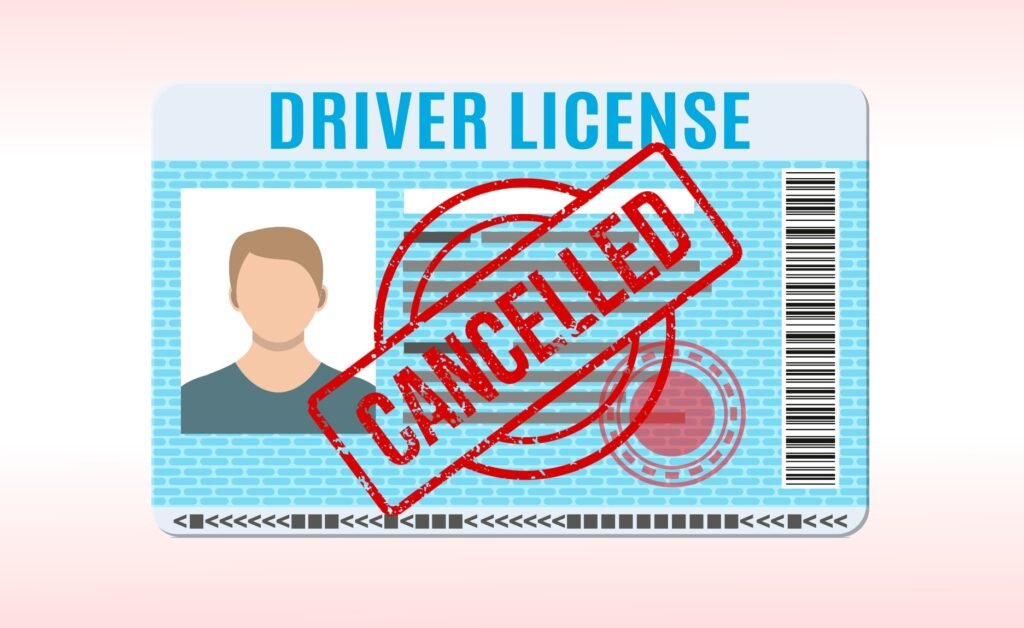Introduction
Montessori toys have gained immense popularity for their ability to nurture a child’s creativity, critical thinking, and independence. In this article, we will delve into the world of Montessori toys, exploring their purpose, benefits, and how to effectively incorporate them into your child’s daily routine. Join us as we embark on this journey towards creating a stimulating environment for your little one.
Understanding Montessori Toys
Montessori toys are a category of educational toys inspired by the Montessori method, an educational approach developed by Dr. Maria Montessori in the early 20th century. These toys are designed to encourage learning through play and exploration, aligning with the Montessori philosophy that children are naturally curious and capable of self-directed learning.
The Purpose of Montessori Toys
- Promoting Independent Play: Montessori toys are crafted to be simple and open-ended, allowing children to engage in self-guided, imaginative play.
- Developing Key Skills: These toys support the development of fine and gross motor skills, cognitive abilities, and problem-solving.
- Fostering Creativity: Montessori toys stimulate creativity by enabling children to use their imagination and discover various ways to play with them.
Selecting the Right Montessori Toys
Choosing the appropriate Montessori toys for your child is essential. Here are some factors to consider:
Age-Appropriateness
Select toys that are suitable for your child’s age and developmental stage. Montessori toys come in a wide range, from infant toys to those designed for older children.
Open-Ended Play
Look for toys that do not have a single predetermined use but can be utilized in multiple ways, encouraging creativity and experimentation.
Material Quality
Opt for toys made from natural and sustainable materials, such as wood, cotton, and organic fabrics. These materials are safe and eco-friendly.
Incorporating Montessori Toys into Daily Life
- Create a Montessori-Friendly Environment: Design a space that encourages independence, where toys are easily accessible to your child.
- Rotate Toys: To maintain your child’s interest, periodically introduce new Montessori toys and rotate them.
- Observe and Follow Your Child’s Lead: Pay attention to your child’s interests and let them choose which toy to play with, promoting autonomy.
Benefits of Montessori Toys
- Enhanced Learning: Montessori toys engage children in meaningful learning experiences, fostering curiosity and problem-solving skills.
- Improved Concentration: These toys encourage sustained focus and concentration, essential for cognitive development.
- Independence and Confidence: By allowing children to explore and make choices, Montessori toys build independence and self-esteem.
Common Mistakes to Avoid
- Overstimulation: Avoid overwhelming your child with too many toys. A clutter-free environment is essential for concentration.
- Ignoring Safety: Always prioritize safety when selecting Montessori toys, checking for small parts or choking hazards.
Conclusion
Incorporating Montessori toys into your child’s daily routine can have a profound impact on their development. These thoughtfully designed toys not only promote learning but also encourage independence and creativity. By selecting the right toys and creating an enabling environment, you can provide your child with a stimulating and educational experience.
FAQs
1. Are Montessori toys suitable for all ages?
Montessori toys are available for a wide range of age groups, from infants to older children, making them suitable for kids of various ages.
2. How can I ensure the safety of Montessori toys?
To ensure safety, always check for small parts and choking hazards when selecting Montessori toys, and regularly inspect them for wear and tear.
3. Can Montessori toys replace traditional educational methods?
While Montessori toys are beneficial, they are best used in conjunction with other educational approaches to provide a well-rounded learning experience.
4. Where can I find quality Montessori toys?
You can find Montessori toys at reputable toy stores, online marketplaces, or stores that specialize in educational toys.
5. How can I introduce Montessori principles at home?
Incorporate Montessori principles by creating an organized, child-friendly environment, rotating toys, and allowing your child to make choices and explore their interests. sprunki horror Endless Fun Awaits!



